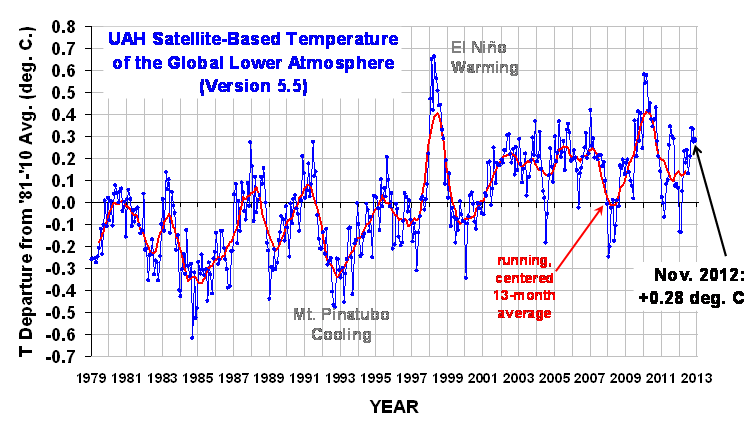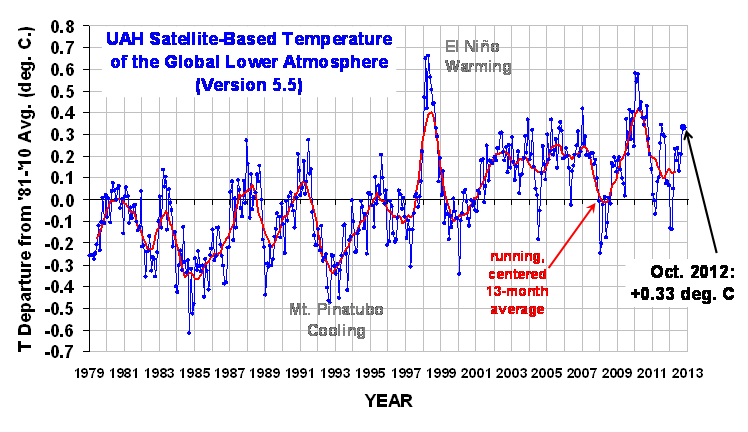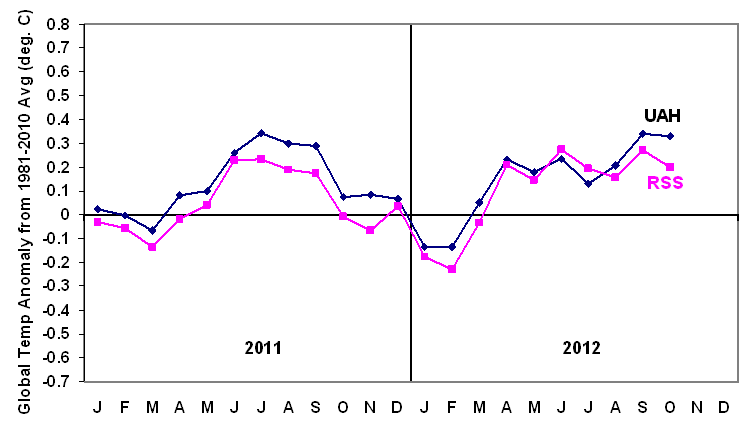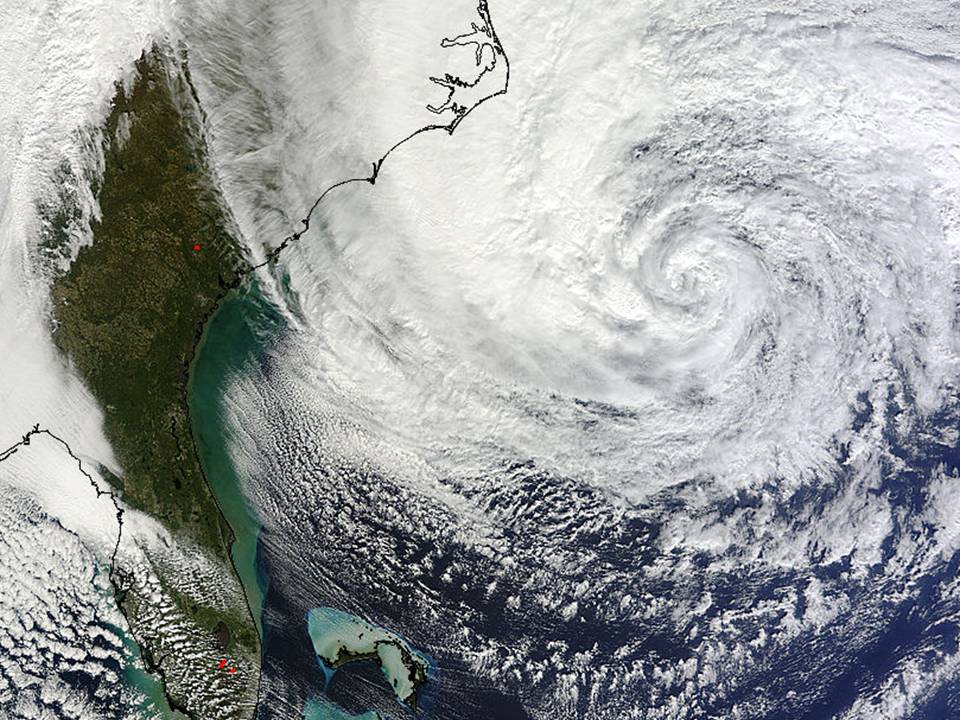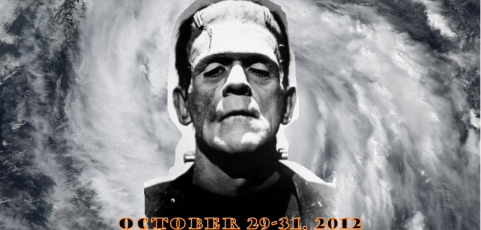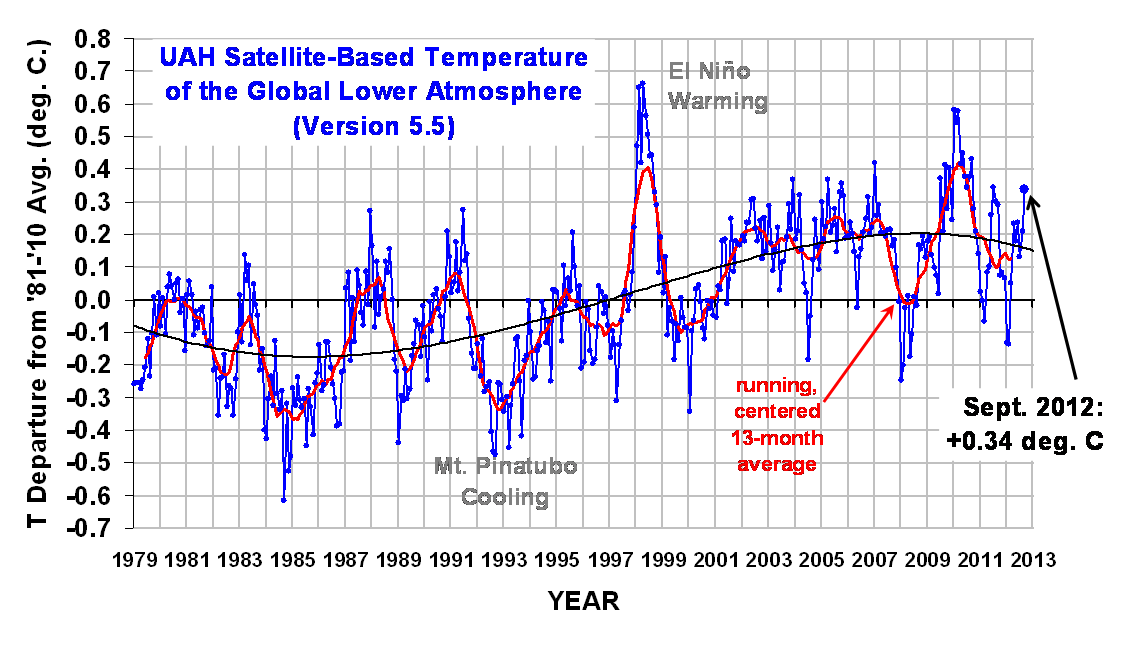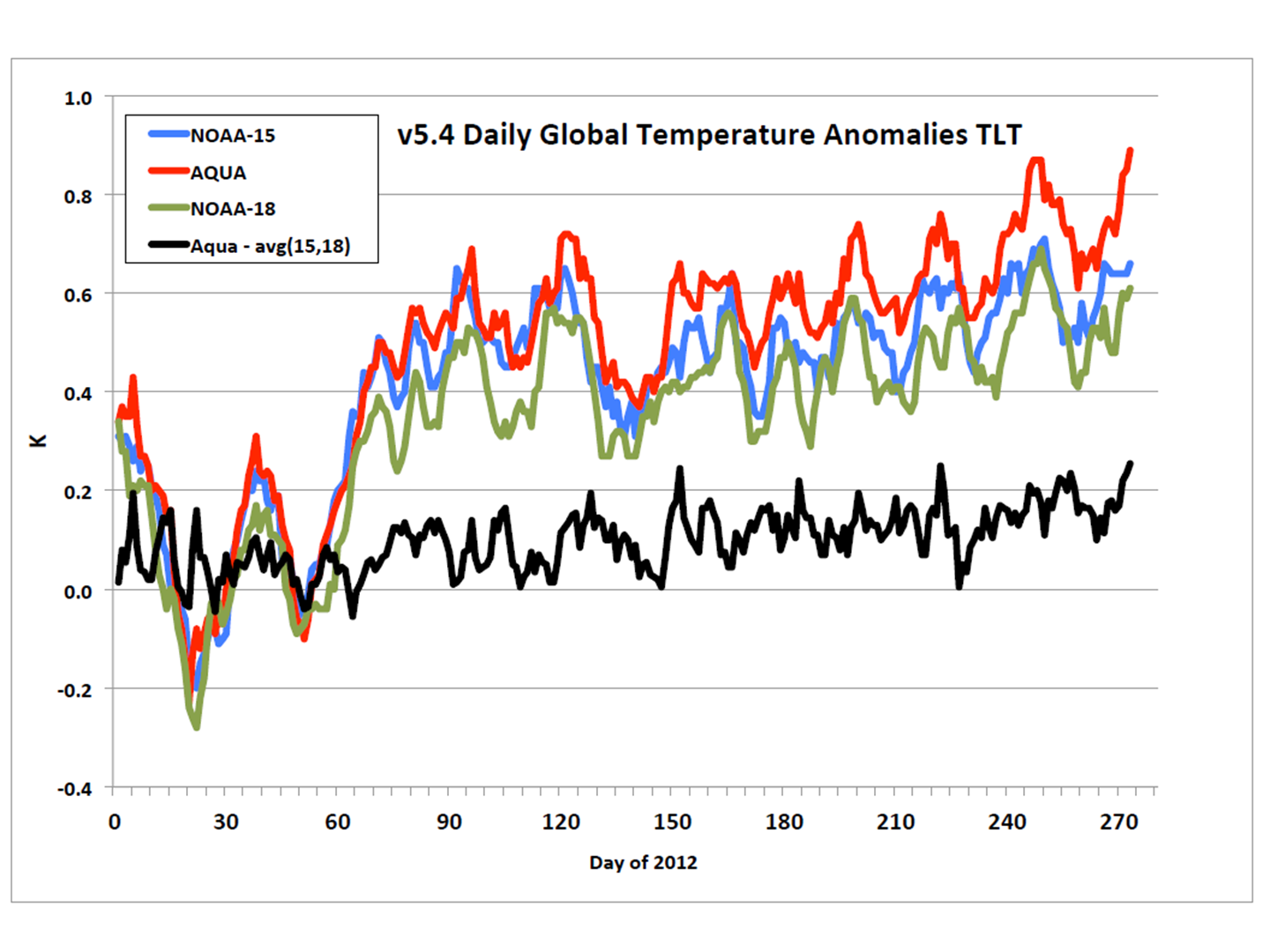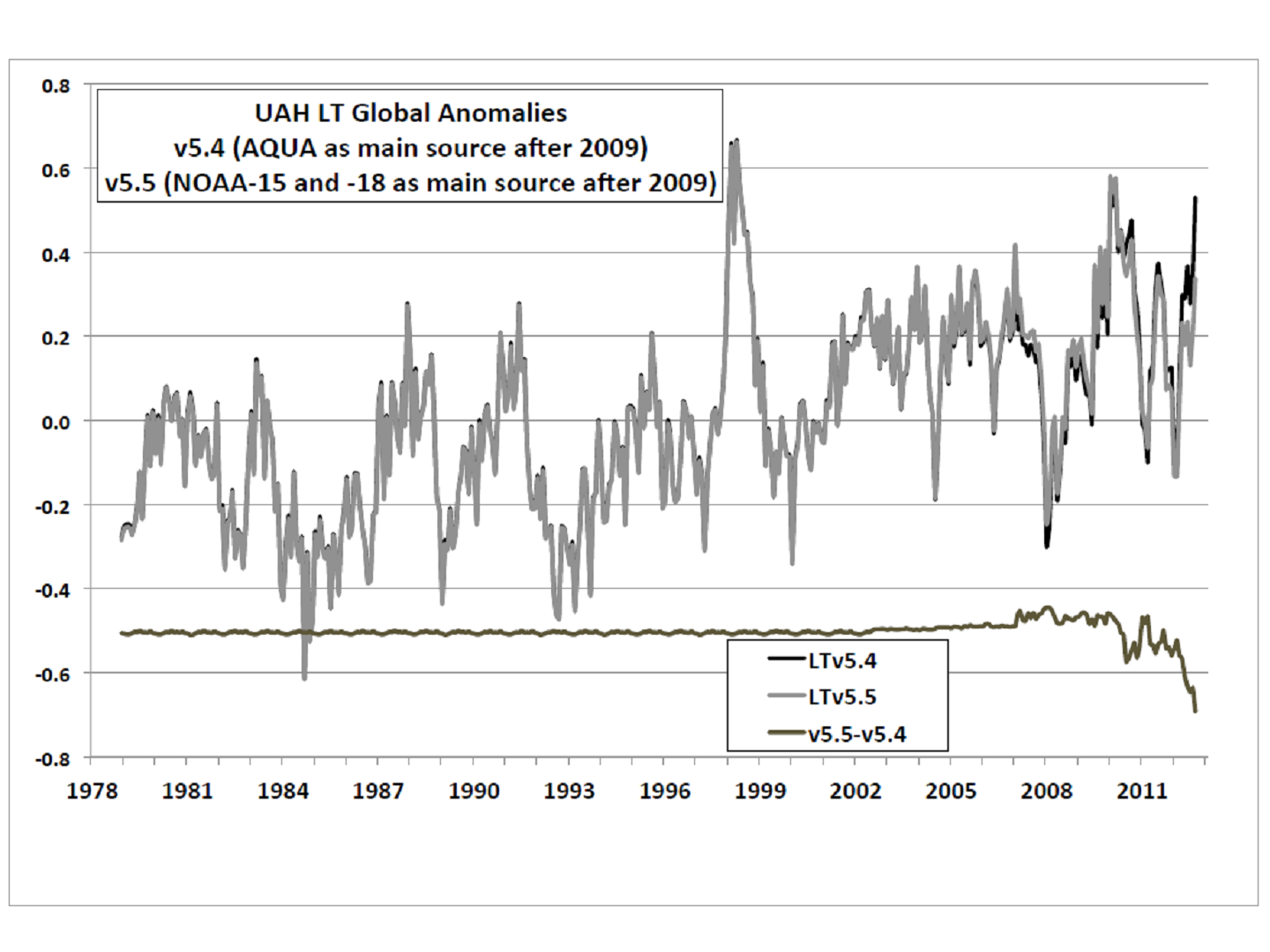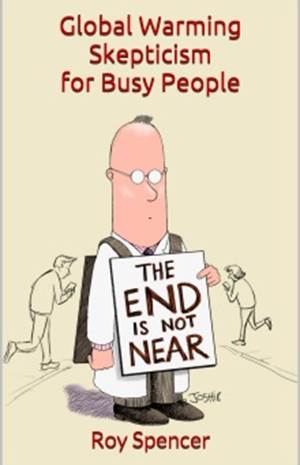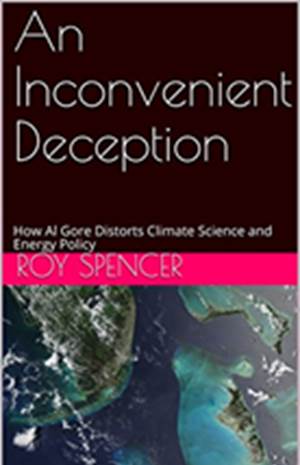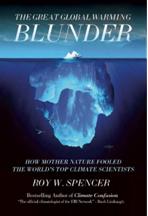If you Google the phrase ‘greenhouse effect definition’, you get the following at the top of the returned results:
green•house ef•fect
Noun
The trapping of the sun’s warmth in a planet’s lower atmosphere due to the greater transparency of the atmosphere to visible radiation from the sun than to infrared radiation emitted from the planet’s surface
Actually, the greenhouse effect would still operate even if the atmosphere absorbed just as much solar as it does infrared. When even Google gets the definition so wrong, how can mere mortals be expected to understand it?
The so-called greenhouse effect, which is an infrared effect, is admittedly not as intuitively obvious to us as solar heating. Every layer of the atmosphere becomes both a “source” as well as a “sink” of IR energy, which is a complication not faced with understanding solar heating, with the sun as the source.
To understand the greenhouse effect’s impact on surface temperature and the atmospheric temperature profile, there are some basic concepts which I continue to see misunderstandings about. If we can’t agree on these basics, then there really is no reason to continue the discussion because we are speaking different languages, with no way to translate between them.
The following list is not meant to be exhaustive, just the issues which people most commonly misunderstand, and so represent stumbling blocks to an understanding of how the greenhouse effect operates. (I have phrased them as the way in which I believe things really work.)
1) The greenhouse effect does not necessarily require solar heating. If the climate system was heated by intense geothermal energy rather than the sun, the greenhouse effect would still operate.
2) Temperatures in the climate system are the result of energy fluxes gained versus lost. An equilibrium temperature is reached only after the rate of energy absorbed by a layer (of atmosphere, soil, or water) equals the rate of energy loss. This is contrary to the common misconception that energy input alone determines temperature.
3) The greenhouse effect does not violate the 2nd Law of Thermodynamics. Just because the greenhouse effect (passively) makes the surface of the Earth warmer than if only (active) solar heating was operating does not violate the 2nd Law, any more than insulating your house more can raise its interior temperature in the winter, given the same energy input for heating. Very high temperatures in a system can be created with relatively small energy fluxes into that system *if* the rate of energy loss can be reduced (see #2, above). Again, energy input into a system does not alone determine what the temperature in the system will be.
4) The rate of IR absorption by an atmospheric layer almost never equals the rate of IR emission. IR emission is very dependent upon the temperature of that layer, approximately increasing as the 4th power of the temperature. But IR absorption is much less dependent on the temperature of the layer. So, for example, if you irradiated a very cold layer of air with intense IR radiation, that layer would warm until the rate of IR emission equaled the rate of absorption. But in the real atmosphere, other kinds of energy fluxes are involved, too, and so in general IR emission and absorption for a layer are almost never equal.
5) Each layer of the atmosphere does not emit as much IR upward as it does downward. There are people who try to attach some sort of cosmic significance to their claim that the atmosphere supposedly emits as much IR energy upward as it does downward, which is only approximately true for thin atmospheric layers. But the claim is false. Ground-based, upward-viewing IR radiometers measure much stronger levels of downward atmospheric emission than do space-based, downward-viewing radiometers of upward atmospheric emission. The reason is mostly related to the tropospheric temperature lapse rate. If the atmosphere was isothermal (vertically uniform in temperature) then upward and downward emission would be the same. But it’s not. Even if you restrict the analysis to very thin atmospheric layers, the upward emission will be slightly less than the downward emission, because it originates from an average altitude which is slightly higher, and thus colder (except in the stratosphere). (As an interesting aside, many models actually do make the approximation that their individual layers emit as much IR radiation upward as downward, yet they still successfully create an atmospheric temperature profile which is realistic).
6) The tropospheric temperature lapse rate would not exist without the greenhouse effect. While it is true that convective overturning of the atmosphere leads to the observed lapse rate, that convection itself would not exist without the greenhouse effect constantly destabilizing the lapse rate through warming the lower atmosphere and cooling the upper atmosphere. Without the destabilization provided by the greenhouse effect, convective overturning would slow and quite possible cease altogether. The atmosphere would eventually become isothermal, as the full depth of the atmosphere would achieve the same temperature as the surface through thermal conduction; without IR emission, the middle and upper troposphere would have no way to cool itself in the face of this heating. This scenario is entirely theoretical, though, and depends upon the atmosphere absorbing/emitting absolutely no IR energy, which does not happen in the real world.
I’ll be happy to post corrections/additions to the above list as warranted. I also apologize in advance for the inevitable snarky comments you will find a few people posting. I believe in letting people speak their mind.

 Home/Blog
Home/Blog